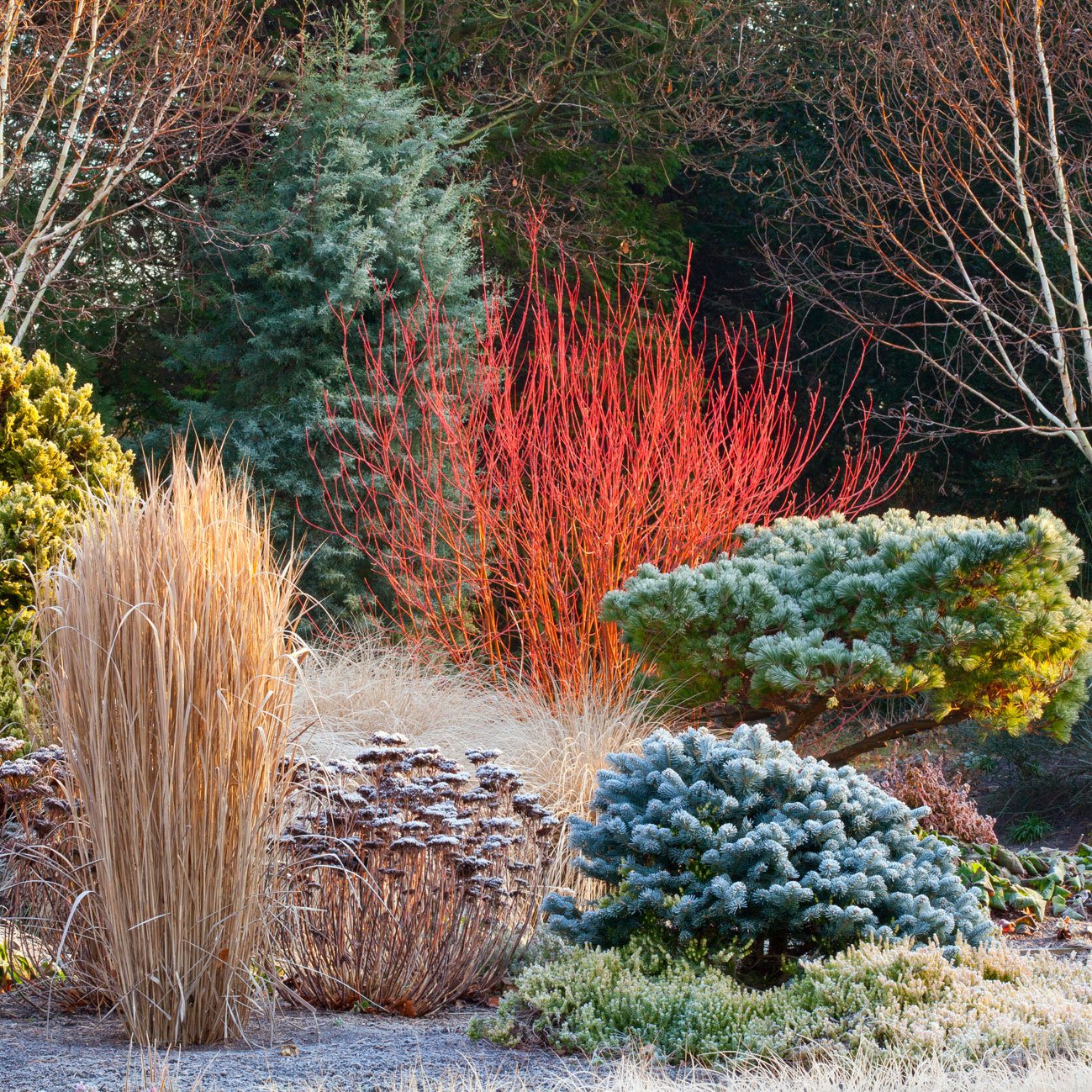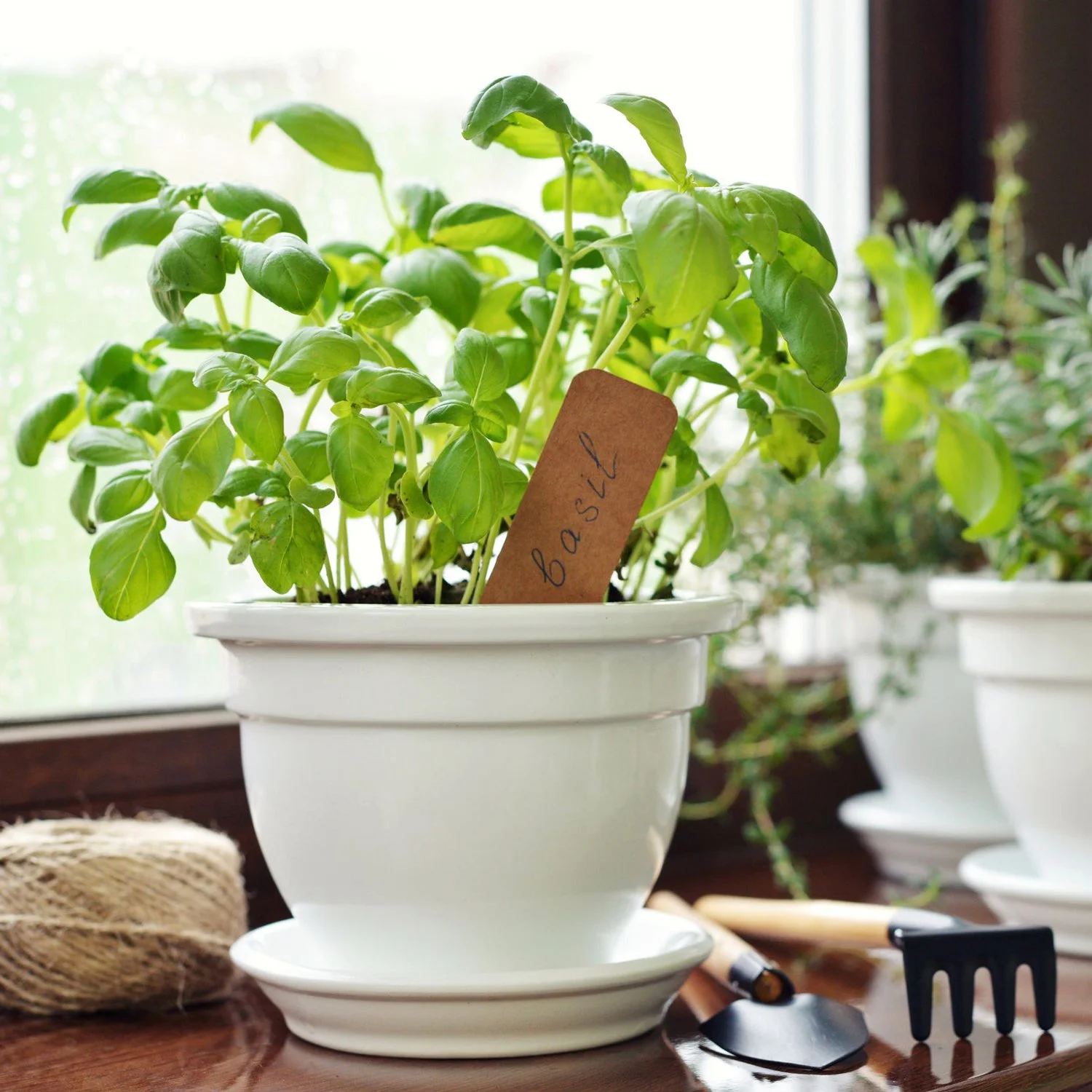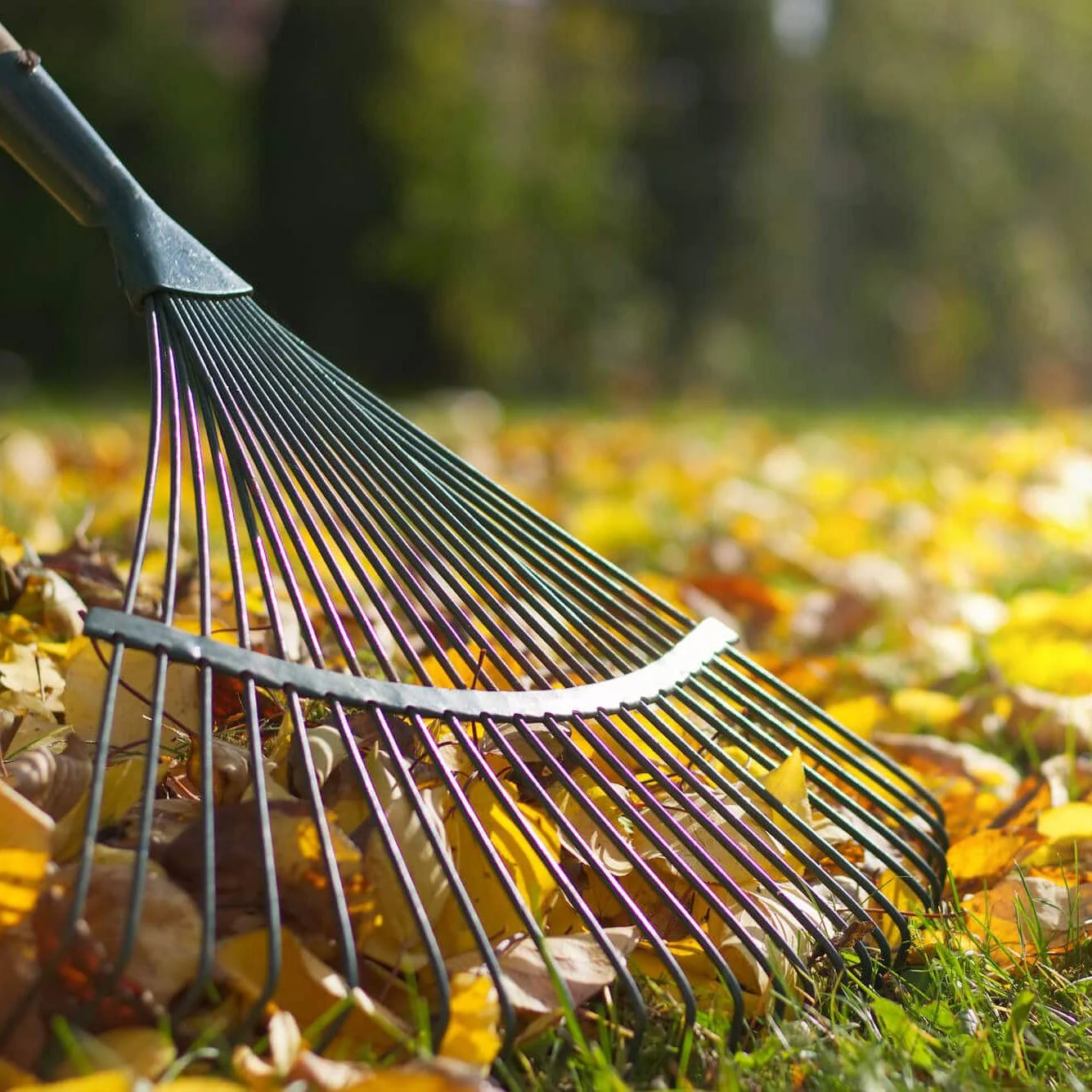MONTHLY GARDENING TIPS
Here’s what to do, what’s in bloom, and lots of tips and tricks for each month of the year! Check back each month to find new, seasonal tips for ornamental gardening, lawn care, edible gardening, and indoor plant care in the Pacific Northwest!
November Gardening Tips for the PNW
In the Garden
There are many plants that can add color and interest to the fall and winter garden. Try Heath or Heather, Winter Pansies, Evergreen Grasses, Dwarf Conifers, and Camellias.
It’s time to get the garden ready for winter. Learn about fertilizing, pruning, and dividing your plants to keep them healthy.
Growing Dahlias? With a little fall dahlia care, you can keep them blooming year after year. Learn what to do, whether you leave them in the ground or dig them up and store them this year.
Mulch beds with a high-quality compost such as G&B Organics Soil-Building Conditioner. Mulch helps keep weeds out and protects roots from frost. Plus, it adds a clean look to garden beds.
Edible Gardening
Clear away any remaining summer vegetable plants and place them in your yard waste bins. Note: do not home compost any plants with diseases or insects.
Have you planted your garlic? There’s still time! Learn how to grow garlic on our blog.
As night temperatures dip, set up winter protection like cloches, cold frames, and hoops to extend the growing season for greens and other late-season veggies.
Fall is a great time to mulch your veggie beds with a thick layer of compost or soil-building conditioner.
When your asparagus plants have yellowed, cut them down to 12” and mulch well. You can remove the dried stems in the spring.
If you have a sunny windowsill or plant lights you can start an indoor herb garden.
Lawn Care
Fertilize late in the month to keep your lawn healthy over the winter.
You can still mow if conditions are not excessively wet or cold but try to stay off lawns that are extremely wet or soggy.
Clean and check your mower to prepare for winter storage.
Indoor plants
Most houseplants will need less water in late fall and winter. Be sure to adjust your watering schedule accordingly.
Unless your houseplants are very rootbound, put off repotting until next spring. Here is your checklist for Fall & Winter Houseplant Care.
Want a fun DIY project for your trailing plants? Learn how to make your own moss pole for indoor plants to climb!
Fungus gnats can be a problem this time of year and they love soggy soil, so make sure your plants dry out a little between waterings. Yellow sticky traps help to control them organically. Learn how to identify different houseplant pests and control them.




